"[the possibility of a] financial recession pales in comparison to the looming ecological credit crunch."
James P. Leape, Director Gerneral, WWF International
The Living Planet Report is WWF's periodic update on the state of the world's ecosystems. It describes the changing state of global biodiversity and the pressure on the biosphere arising from human consumption of natural resources.
Think about the Rainforest
2 Indicators:
The Living Planet Index, which reflects the health of the planet's ecosystems; and the Ecological Footprint, which shows the extent of human demand on these ecosystems.
These measures are tracked over several decades to reveal past trends, then three scenarios explore what might lie ahead.
The scenarios show how the choices we make might lead to a sustainable society living in harmony with robust ecosystems, or to the collapse of these same ecosystems, resulting in a permanent loss of biodiversity and erosion of the planet's ability to support people.
Find out how you can reduce your ecological footprint
Voyage for the Future
18 young adults from 9 countries have embarked on a 12-day 'Voyage for the Future' in the Arctic. Their mission is to help WWF convince political leaders that they must act quickly to avert climate change.
2008's Living Planet Report (LPR) again looks at the cause and effect relationships which determine the Earth's health. Key to the report is the Living Planet Index, used to map out the state of the world's ecosystems, and our Ecological Footprint.
This year the report also examines the impact of our consumption of the Earth’s water resources and our growing vulnerability to water scarcity, which now affects over 50 countries on this planet.
Also included for the first time is sophisticated data allowing species population trends to be analysed by biogeographic realm and taxonomic group as well as by biome.
Solutions Identified
Identifying where the biggest problems lie allows LPR 2008 to present Climate Solutions Models assessing the effectiveness of the current solutions for change.
Using a wedge approach (as pioneered by Pacala and Socolow in 2004) the report illustrates how, for example, moving to clean, efficient energy generation based on current technologies could allow us to meet the projected 2050 demand for energy services with major reductions in associated carbon emissions.
Carbon remains the largest single demand humanity places on the biosphere.
“Governments need to determine safe practices for food production, energy consumption, water use, species introduction and land-use change. Private businesses need to partner with governments to define sustainable practices with environmentally sound technologies”. Jeffrey D. Sachs, Director | The Earth Institute
In essence, the LPR 2008 defines the rapidly accelerating challenges we will face before reaching the middle of the 21st century.
A link to the 2008 Living Planet Report Download


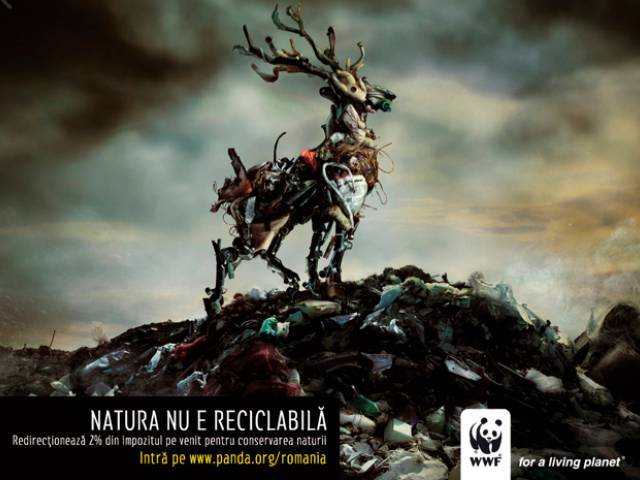
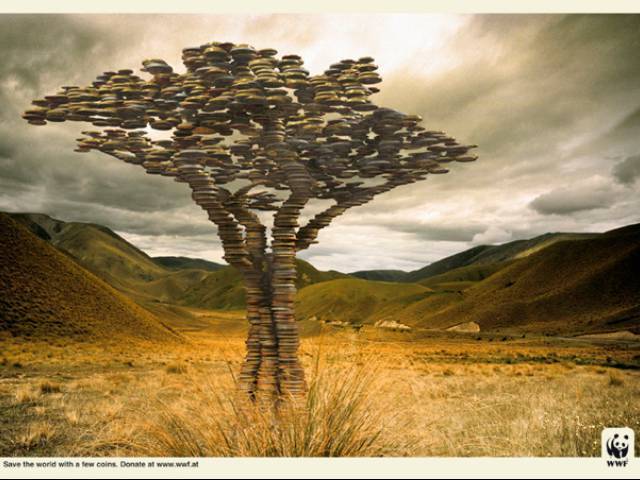

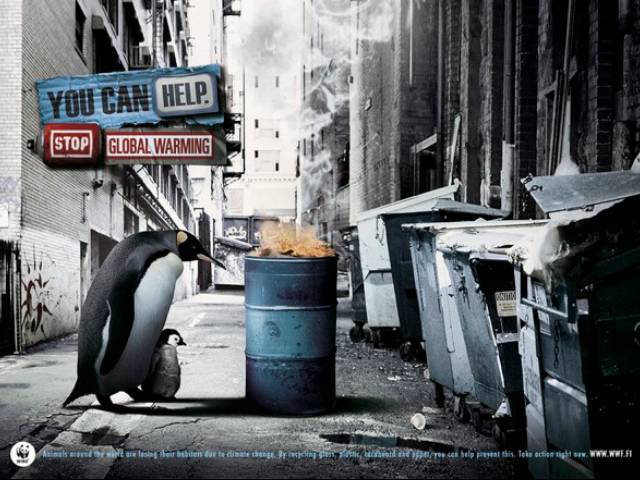
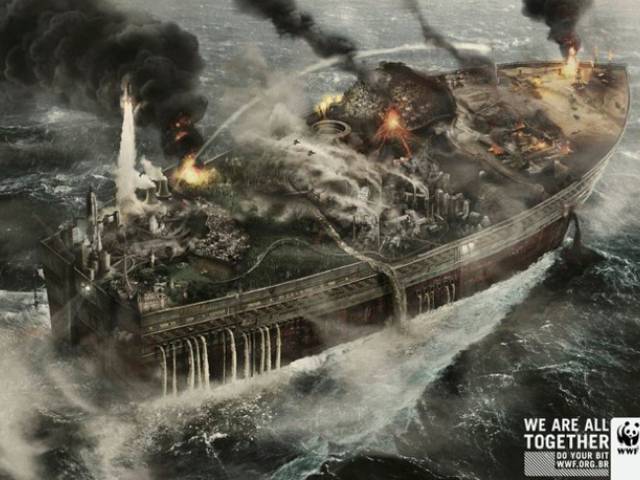

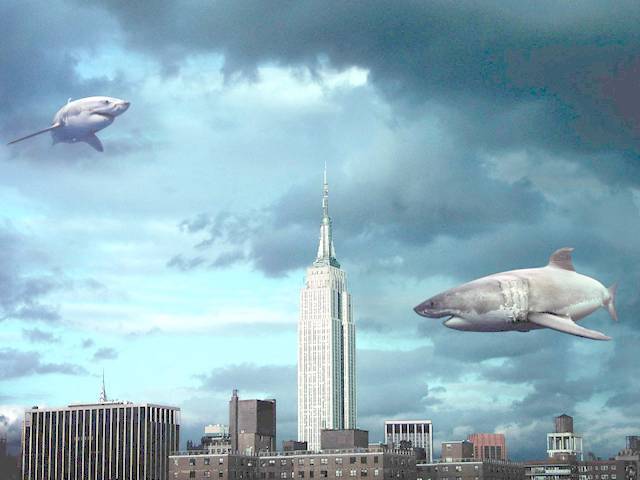















SENATUS Member Comments